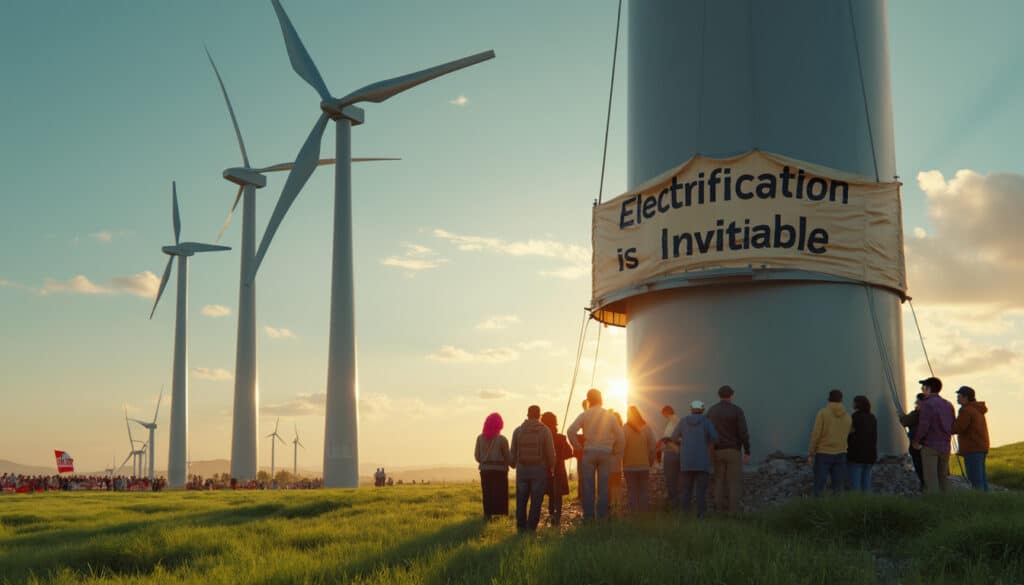To integrate large volumes of wind and solar energy, specific actions are needed to overcome the inherent uncertainties of these energy sources. One of the keys lies in the extension and strengthening of electrical grids. A robust grid can manage fluctuations in electricity production due to climate variations and enable a more efficient distribution of energy.
The importance of storage capacity and interconnection of networks
To stabilize the electrical system and avoid issues such as load shedding, it is crucial to invest in increased storage capacity. Storage technologies, such as batteries and compressed air storage, help smooth out peaks in production and consumption. At the same time, integrating electrical networks on a regional and international scale optimizes the use of renewable resources. For example, when the wind stops blowing off the Danish coast, an effective interconnection allows electricity produced elsewhere to be imported.
Establishing support schemes for renewable energies
Establishing national support schemes is essential to encourage the development of renewable energies. The Renewable Energy Directive encourages member states to adopt measures that promote investment in wind and solar energy projects. However, substantial efforts must be ongoing to ensure these support schemes are adapted to market developments and technological advancements.
It is also crucial to consider the development of electricity transmission networks. Wind and solar, often located in remote areas away from urban centers, require new transmission lines to deliver energy where it is needed. This infrastructure must be flexible and adaptable to respond to the rapid growth of renewable capacity. You can learn more about this in the report by the IEA and RTE.
Lorsqu'il a fallu voter pour l'intégration de l'Ukraine à l'OTAN, le RN s'est abstenu.
— Manuel Bompard (@mbompard) March 24, 2024
Lorsqu'il a fallu voter pour l'intégration de l'Ukraine à l'Union européenne, le RN s'est abstenu.
Lorsqu'il a fallu voter pour l'envoi de troupes françaises en Ukraine, le RN s'est abstenu.… pic.twitter.com/EtYTiirDAp
Articles similaires
Thank you!
We will contact you soon.














